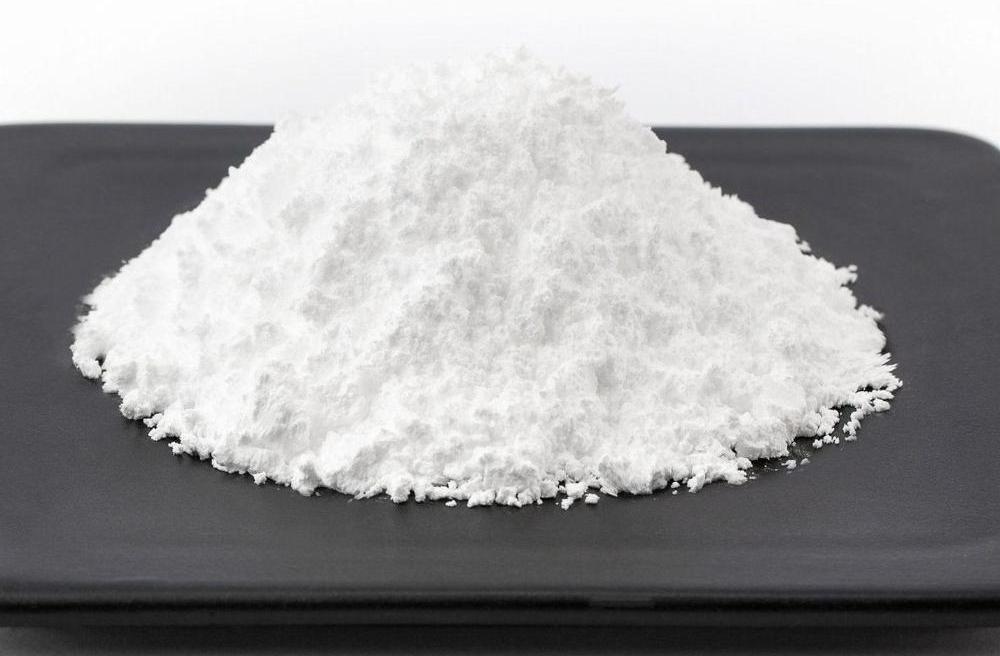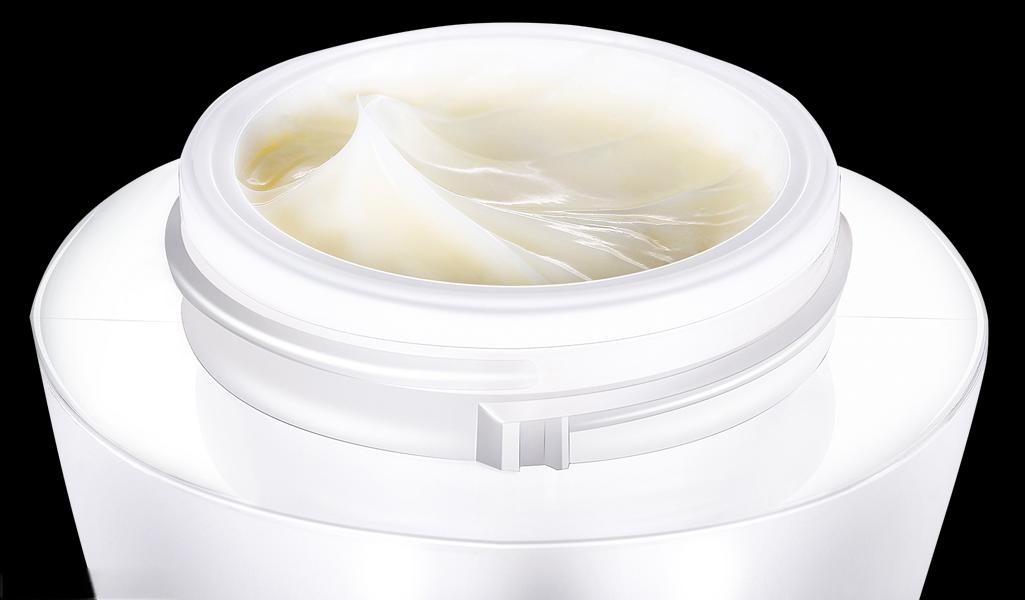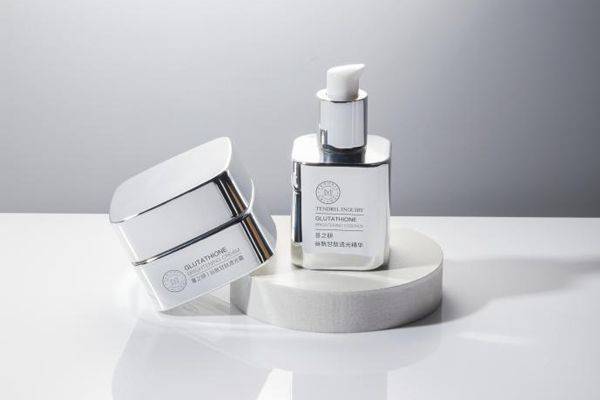How to Extract Glutathione from Yeast?
Glutathione is a tripeptide (L-Y-glutamyl-L-cysteinyl-glycine) compound that is widely distributed in animals, plants, grains, and oil seeds, and one of its cellular functions is to protect against various toxins and carcinogens. It is widely distributed in animals, plants, grains, and oilseeds. It has been shown that glutathione is completely absorbed in the small intestine and that some epithelial cells can use exogenous glutathione for detoxification, suggesting that dietary glutathione determines the extent of cellular damage in the body [1].
In addition to being an antitoxic agent, glutathione has an activating effect on some sulfhydryl enzymes, can be used as an antioxidant to protect enzymes and other protein sulfhydryl groups, and plays a role in biological oxidation, amino acid transport, and the protection of hemoglobin [2]. In addition, glutathione can inhibit aging, prevent diabetes, and eliminate fatigue. Recently, glutathione has also been found to inhibit HIV. Therefore, the study of glutathione is of great significance to human health and life.
1.Distribution of Glutathione in Nature
Glutathione is widely distributed in nature, mainly found in animal tissues and blood, but also in many plants such as vegetables, legumes, cereals, potatoes, mushrooms, etc. In addition, the content of glutathione in yeast is also high. According to the estimation, the content of glutathione is 50~200 mg/kg in unprocessed meat, 50~150 mg/kg in fresh fruits and vegetables [3], and about 15% in dried yeast [4], while the content is lower in dairy products, cereals, and cooked foods.
2.Properties and Physiological Functions of Glutathione
2.1 Properties of Glutathione
The molecular weight of glutathione is 307.33 and its melting point is 189 ~ 199. The molecular weight of glutathione is 307.33, the melting point is 189 ~ 193 ℃ (decomposition), the crystal is a colorless and transparent elongated column (plate), and the isoelectric point (PI) is 5.93. It decomposes easily in the light, and the crystalline form is colorless and transparent. It is easily decomposed by light and easily oxidized. Glutathione molecule has a special δ - peptide bond, which is formed by the condensation of δ - COOH of glutamic acid and α - NH2 of cysteine.
This peptide bond is different from the peptide bond formed by the condensation of α-COOH from one amino acid and α-NH2 from another amino acid in a protein molecule. Since glutathione contains a lively sulfhydryl group that is easily oxidized, 2 molecules of reduced glutathione (GSH for short) are dehydrogenated and linked by a disulfide bond (S S) to become oxidized glutathione (GSSG for short). Therefore, glutathione can be divided into two major groups: oxidized and reduced, reduced glutathione plays an important role in the function of living organisms.
2.2 Physiological Functions of Glutathione
The physiological functions of glutathione are mainly manifested in 6 aspects:
(1) Maintaining the integrity of the erythrocyte membrane.
(2) Protecting and restoring the activity of enzymes that require sulfhydryl groups.
(3) Glutathione is the cofactor and coenzyme of many enzymes.
(4) Involved in the absorption and transportation of amino acids.
(5) Involved in the reduction of methemoglobin and promotion of iron absorption.
(6) Removes harmful poisons and metabolites from the body.
3.Production of Glutathione
Glutathione can be prepared by a variety of methods, which can be roughly categorized into extraction, fermentation, enzyme method and chemical synthesis. At present, glutathione is mainly extracted from yeast. Although the livers of cattle and pigs are relatively rich in glutathione, the livers have unique flavors and lipid oxidation and are not very appetizing, so yeast is usually used as the raw material for the extraction of glutathione.
3.1 Glutathione Extraction from Yeast
3.1.1 Preparation of Glutathione Extraction Solution
Since glutathione exists in the cells of yeast, the key problem of extracting glutathione from yeast is to make glutathione released from the cells, and the methods used so far can be divided into three categories:
(1) Enzyme Treatment Method
①Natural autolysis method: yeast is placed in a suitable temperature, pH, and buffer, after a certain period, the intracellular autolysis enzyme system is activated, and acts on the cell wall and cell membrane of yeast to make it dissolve and release intracellular substances.
② Induced autolysis: By adding saccharase and protease to dissolve the yeast cell wall and intracellular macromolecules, the intracellular substances can be dissolved smoothly.
(2) Chemical Treatment Method
Mainly solvent treatment. The use of some inorganic or organic chemical reagents to dissolve the surface structure of the yeast cell wall and membrane or change the permeability of the cell membrane, so that the yeast cell substance efflux, commonly used methods are: hot water extraction, formic acid extraction, ethanol extraction, trichloroacetic acid extraction and organic acid mixed extraction, etc. [5].
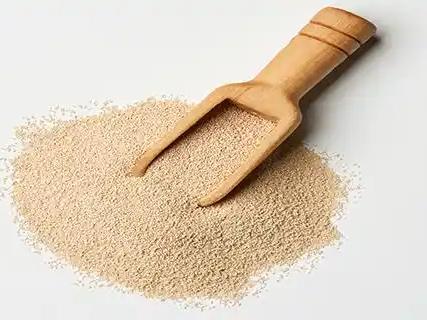
(3) Mechanical Crushing Method
The method is the most widely used, especially the high-pressure homogenization method and high-speed ball mill grinding method. The former is the use of fluid flow at high speeds, in the homogenizer head of the gap, producing a strong shear effect and making the yeast cells broken, and high-speed ball mill grinding method is the yeast slurry placed in the ball mill containing glass balls grinding.
The biggest obstacle to extracting glutathione from yeast is the cell wall. From the perspective of cost reduction and simplicity, overseas manufacturers have commonly used ultrasound and ionizing radiation to treat spent beer yeast without destroying the intracellular active substances. This method is safe, hygienic, and easy for mass production. In addition, the autolysate of fresh yeast also has an obvious promotion effect on yeast autolysis, which is thought to be due to the fact that the various enzyme systems contained in the autolysate help to dissolve the cell wall.
3. 2.1. Isolation and Purification of Glutathione
So far there are four main methods reported for the separation and purification of glutathione, the copper salt method [6] is the traditional method, and has practical value, but the pollution is large; the ion exchange method [7], the economic benefits are higher, it is expected to completely replace the copper salt method; in addition, there is the use of synthetic mercury resin method to carry out the organomercury affinity chromatography, the recovery rate of this method can be up to 82.96% [8]; according to the latest reports can be combined with temperature-induced phase separation using biphasic partitioning, this method can also be more than 80% recovery of glutathione. 96% [8]; according to the latest report, it can be combined with temperature-induced phase separation by biphasic partitioning, and the recovery rate of glutathione can be more than 80% by this method, which is also a better method [9].
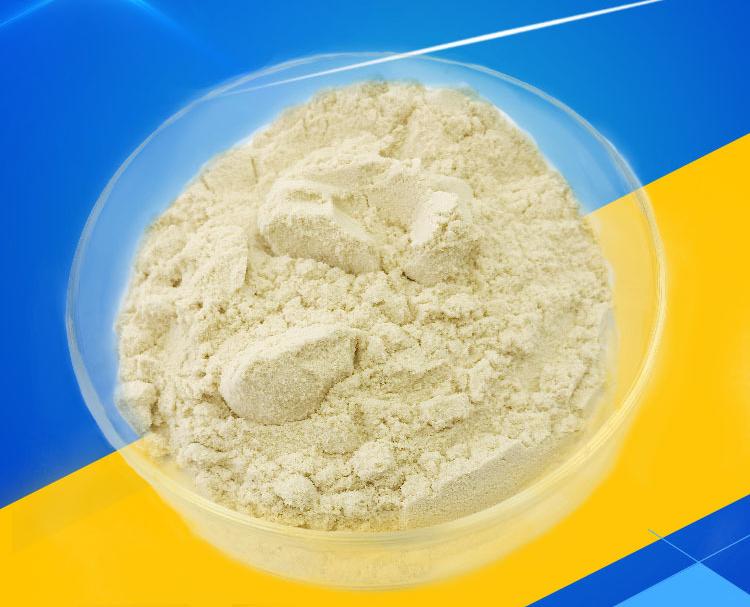
3.2.2 Fermentation for Glutathione Production
The production of glutathione by fermentation has been studied in depth in Japan and other countries, and the production process is to control the synthesis of Y-glutamate cysteine synthetase and glutathione synthetase, as well as the degradation activity of glutamyl transpeptidase to improve the yield of glutathione; the glutathione synthetase obtained by applying the gene cloning technology in Escherichia coli has been used to improve the yield of glutathione. Glutathione synthetase obtained by gene cloning in E. coli has been studied to increase glutathione production.
To change the permeability of glutathione in the cell, so that the intracellular glutathione excretion to the extracellular, can be added to some of the substances (such as ethanol, etc.) that affect the structure and function of the cell membrane, especially the protoplast membrane. In recent years, to improve the production of glutathione, the application of bioengineered bacteria has also made great progress.
Fermentation is the most promising method for glutathione production. Japan and some Western countries have realized the industrial production of glutathione. They have done more research on the biosynthesis of glutathione and have applied genetic engineering methods to the production of glutathione. Among them, the most common method to produce glutathione is to obtain a high content of yeast by mutagenesis, and the yeasts used are saccharcomyces cystl- norolens KNc-1, candida petrophilum AI0-2, candida utilis ER388, and candida uilis. ER388 and candida uilisn 74-8.
In China, there are few studies on glutathione and its biosynthesis, except for the studies on glutathione extraction from yeast by Zhuo Zhaowen [10] and a successful screening of a high-yielding strain of Pseudohyphae glutathione by Zhan Guyu [11] and a recent report on the synthesis of glutathione by Brewer's yeast, i.e., selection and development of a high-yielding strain of Brettanomyces cerevisiae M - 05 variant. This strain contains 14.43 mg of glutathione per gram of dried cells, which is higher than the previous strain. This strain contains 14.43 mg of glutathione per gram of dried cells, which is 68.4% higher than the previous strain [12].
4.Glutathione Applications
Glutathione is a very important amino acid derivative with a wide range of applications. As a reagent, glutathione is widely used in biochemical, medical, biological, and chemical research and determination. Clinically, it can be used in the adjuvant treatment of hepatitis, detoxification of organic substances and heavy metals, protection of cancer radiation and chemotherapy, inhibition of cataracts and HIV, protection of cell membranes, and improvement of sexual function, etc. In food processing, glutathione can be used as a food additive to improve nutrition, enhance the flavor of food, and prevent deterioration; it can also be made into a combination of therapeutic and healthcare medicines used in human healthcare.
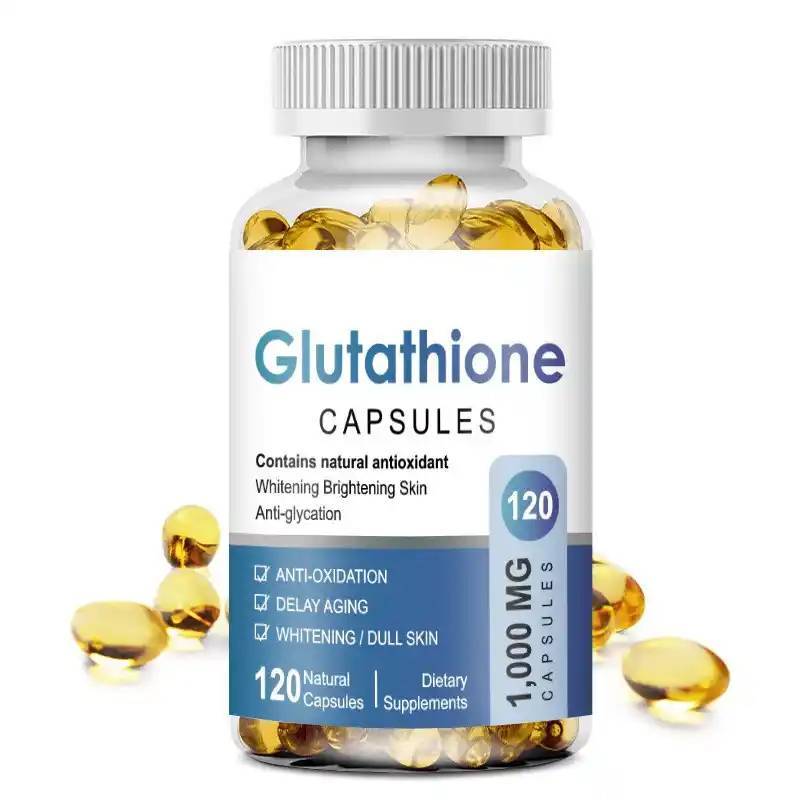
Due to the poor preservation stability of glutathione, it is difficult to commercialize glutathione. The main reason for the decrease of glutathione content in beverages has been clarified, and a glutathione-containing yeast extract with long-term stability in beverages has been successfully developed, i.e., the stabilization of glutathione is carried out, and two molecules of glutathione are compounded into a single molecule of stabilized glutathione under certain conditions. This stabilized glutathione is very stable and can be used in a variety of foods. When it is ingested into the body, it is reduced to glutathione in the upper part of the small intestine and has the same physiological effects as glutathione.
With the deepening of research on glutathione, glutathione will have more applications in clinical and pharmaceutical fields. In addition, glutathione is an ideal additive for the preparation of functional foods, and it can be added to dairy, meat, pasta, beverages, confectionery, and fermented foods as a health care and nutrient fortification agent, therefore, it has a wide range of applications in the food processing industry, and it has been widely used in food processing industry. As a food additive, glutathione is superior to other preservatives and antioxidants and is beneficial to human health.
References:
[1] Cao Xinzhi. Separation and drying method of glutathione. Guangzhou Food Industry Science and Technology, 1996 (2), 44 ~ 45
[2] China Food Magazine. Collection of Famous Chinese Foods. Beijing: Prospect Publishing House, 1998
[3] Shen Beiying, Jiang Zhiwei . Glutathione, a new functional food additive with biological activity. Grain and Fats, 1993(2):27 ~ 32
[4] Jiang M-F. Development of yeast extracts containing cystathionine. Shandong Food Fermentation, 1992 (4)
[5] Zhou ND, Li Y et al . A preliminary study on the extraction of glutathione from yeast. Biotechnology, 1997, 7(4):31
[6] Yoshikazu Isowa Amino acid dermentation V glutathione Hakko To Koggo, 1981, 40(7): 631 ~ 636
[7] Haruhiko Maki Hideki Fukuda The separation of glutathione and glutamic acid using a simulated noving - bed absorber system. j Fermend. 1987, 65(1): 61 ~ 70
[8] Wang F, Feng WX. Separation and purification of glutathione by mercury-containing resin. Journal of East China University of Science and Technology, 1996, 22(6)
[9] MEI Donghe, LIN Leqiang, ZHU Ziqiang. Extraction of glutathione from yeast by two-phase aqueous partitioning coupled with temperature-induced phase separation. Journal of Chemical Engineering, 1998, 49(4)
[10] Zhuo Zhao-Wen, Zhou Jin-Xin et al. A modified method for the crystallization of reduced glutathione from yeast. Journal of Chlorogenic Acids, 1988(3): 6 ~ 9
[11] Zhan Guyu, Tian Ping et al . Biosynthesis of glutathione by Saccharomyces cerevisiae. Journal of Pharmacy, 1990, 25(7): 494 ~ 499
[12] Shi BJ, Huang JZ et al . Synthesis of Glutathione by Brewer's Yeast (saccharomyces cererisiae) M-05 Variant I . I. Selection and breeding of strains. Journal of Fujian Normal University (Natural Science Edition), 1996, 12(4): 91 ~ 95


 English
English French
French Spanish
Spanish Russian
Russian Korean
Korean Japanese
Japanese